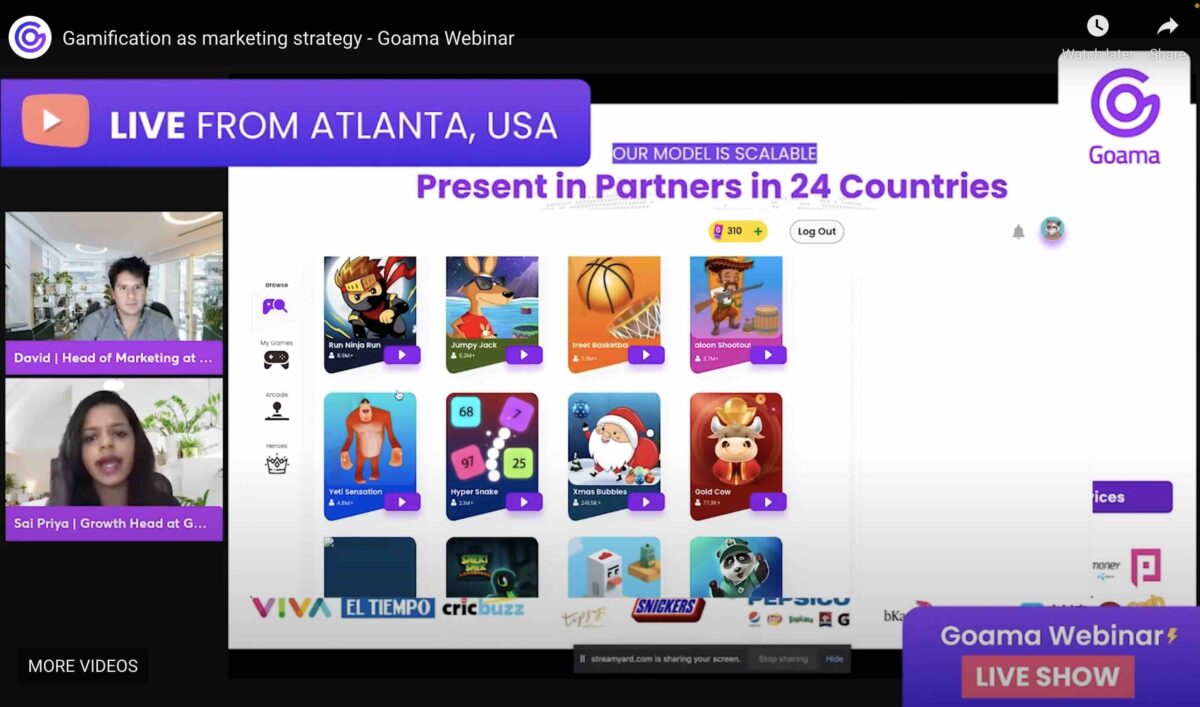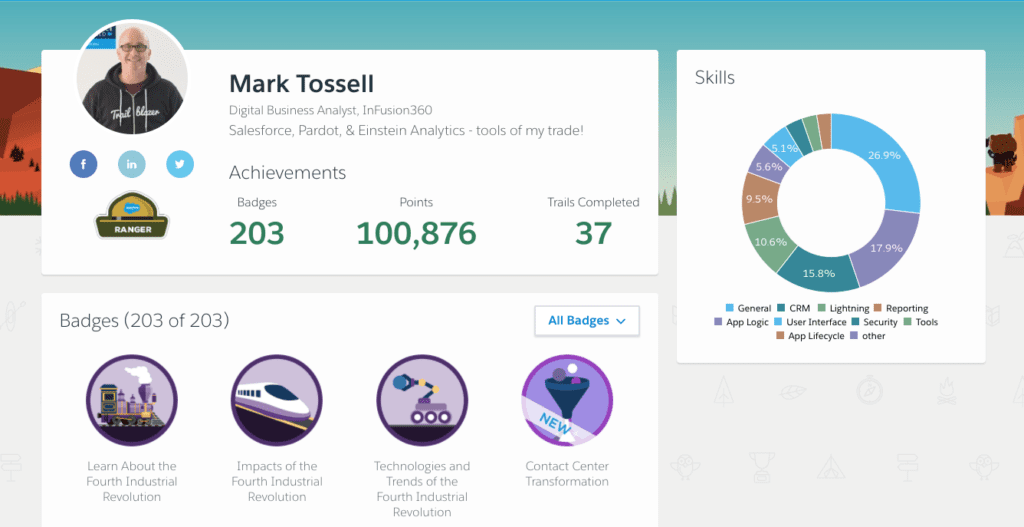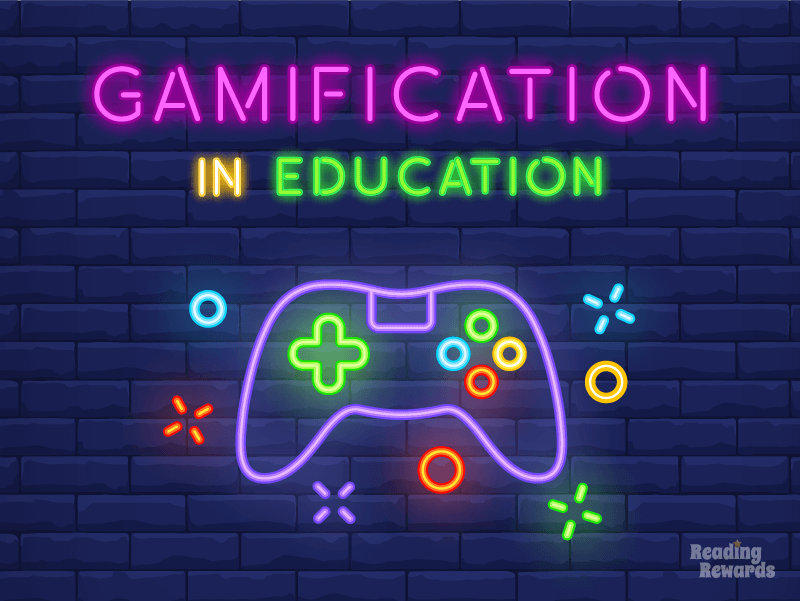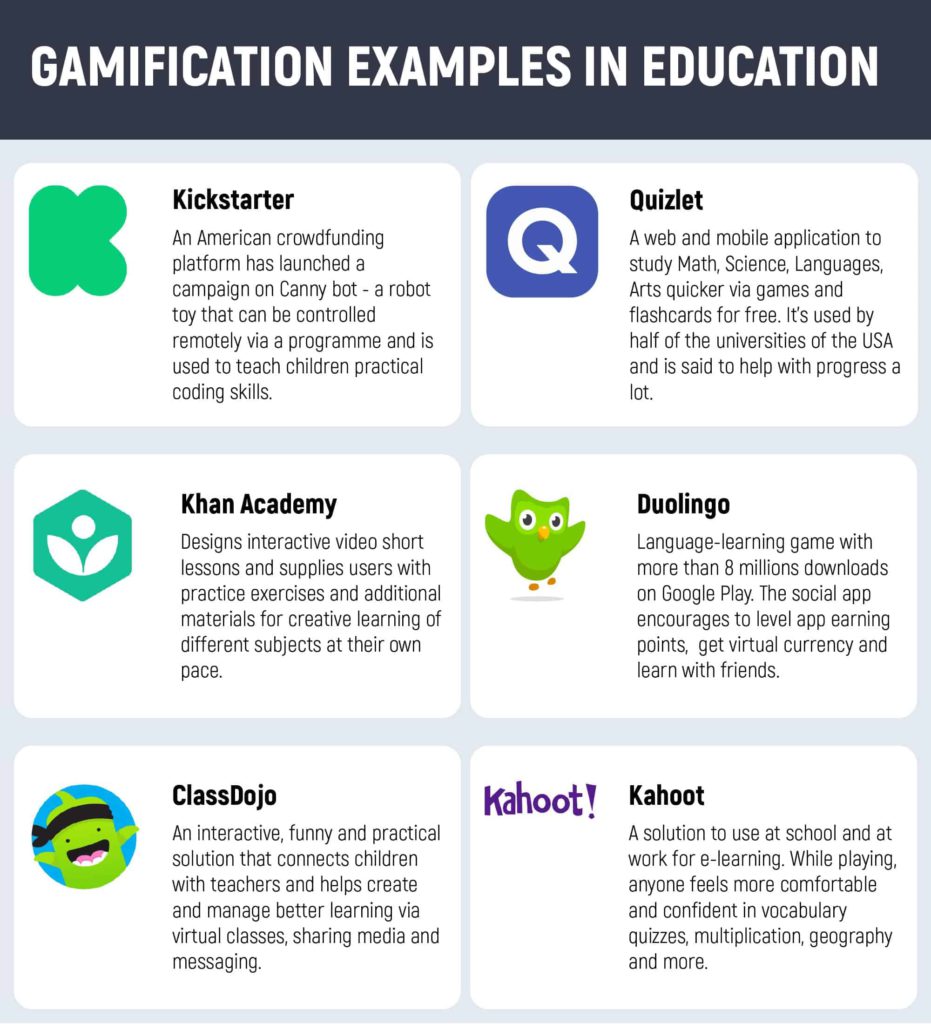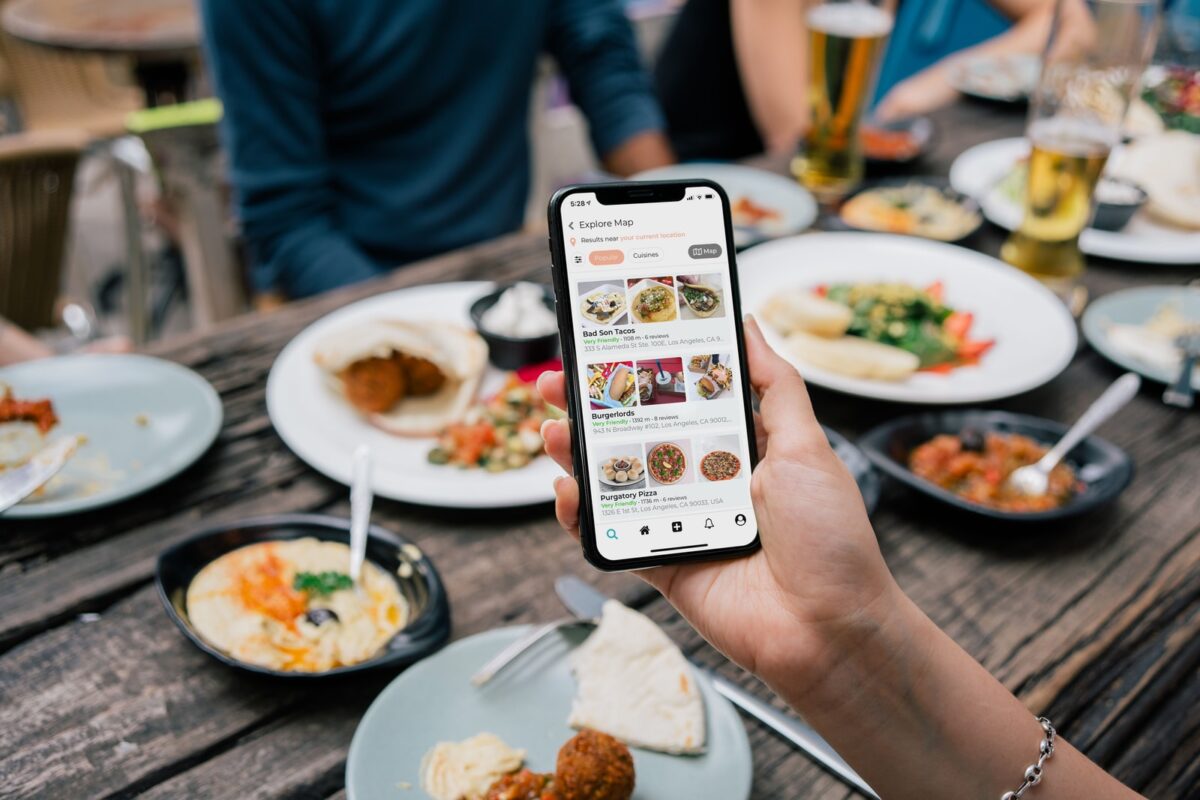By: Aakanksha Singh, Product Manager | Goama
According to a study by Statista, in today’s mobile app market, there are over 3.2 million apps on Google Play, 2.1 million on Apple App Store. So in all, we have over 5 billion mobile apps!
It is getting challenging for Apps to stand out from the competition with such a huge number. If your app does not provide the users with a value proposition and a fun experience, the users will not download your app, and even if they do, they will uninstall it after use.
The app should have something unique and exciting to offer so that the users stay engaged and use the App more and also keep coming back to the app.
If your App doesn’t have something unique to offer, your app will not only lose the existing users and not be able to attract new ones. This will be a huge loss for your business.
Not acquiring new users will also impact your app’s performance in the app stores as fewer users mean fewer reviews, and thus your app’s ranking will also suffer. So, sooner or later, your app’s operational cost will become a loss for your business.
So, the question comes, what can you do to make your app stand out and offer an interesting user experience?
The answer is – Add Games To Your Existing Mobile App/Website.


I am Aakanksha Singh, Product Manager at Goama. In this article of mine, I will guide you WHY and HOW to Integrate games to your existing mobile app. Let’s get started.
Add games to your existing app
Add a separate game section in your app. Strategically provide CTAs (Call To Actions ) to drive users there.
- Add Just for Play games that the users can enjoy.
- Use Advanced Gamification techniques which can up your App performance by ten folds.
Let’s explore both options thoroughly. You can also jump to the bottom of the Blog and check how you can achieve this at Goama.
1. Add just for play games to the existing mobile app
existing mobile app
Add a Games section in your App and turn your non-gaming app into a gaming powerhouse. Choose an attractive game and give your users a unique reason to keep your App installed and use it again and again. From our self help portal you can change games in a few clicks.
Suggestion to Growth Hack:
- Conduct A/B Test on which Game is turning out to be most engaging
- Place the Gaming Section strategically on your App’s Home page/separate section/Carousel/New Announcements, etc.
Talk to our Growth Hack Team. Contact us.
2. Use Advanced Gamification Techniques
Mobile app gamification is about adding game components in the mobile app to make the app’s user experience a fun-filled one. The fun features in the app help increase the app’s traffic. Moreover, this experience encourages the users to use the app again.
With points gathered, the users will get rewarded for using the app or purchasing from the app, and the app will be able to get loyal customers.
Here are Gamification methods that can be integrated with your mobile app to gamify it:
Tournaments
Tournaments are highscore skilled based game sessions that multiple players can enter to compete between a large pool of players.
Tournaments are proven to be 8x more effective than just playing games.
Leaderboard
It is a proven Gamification technique which acts as the best motivation for the users to perform better. It showcases how other users are performing. This will motivate the users to go the extra mile and be featured on the leaderboard.
Combined with tournaments, it turns into a competition where the top spots on the leaderboard will get a gift or coupon. This will really motivate the users to do their best to be on the top of the leaderboard.
Social Integration
Its a trend having social integration in apps and games. With this, the users can add their social media friends as in-app friends, and then they can keep an eye on the progress of other players. They can share their achievements too.
Sharing their progress and everything will help the users connect with their friends or look out for each other. This way, your app will become a special place for them, and they will use your app more and more.
Note: From our self help portal you can configure everything very easily in just few clicks.
Benefits of adding games to your existing mobile app?
Adding games to your app will be a great asset for your app. It will not only upgrade your user experience but will also provide a fun-filled experience to the users. The addition of games can increase your app’s ROI by 3x and user engagement by 10x. In addition, it will reduce user churn and make the users revisit your app repeatedly.
Here are some definitive reasons you should add games to your mobile app.
1. To Increase Engagement of your App
Games are and will be a brilliant marketing strategy as it is proven to attract visitors from all genres.
Once people start getting engaged with your App, it’s an opportunity to retain them and also acquire more users through word of mouth or through our Social Media sharing/Refer a Friend capability.
2. To provide a better experience
The key to ensuring that the users download and keep your app is your app’s experience. If your app offers amazing games with its core features, users will get a better in-app experience.
Games will add a fun side to your app, so people will keep your app installed. This way, whenever they need services/products related to your business/brand, they will use your app first.
3. To push beyond your limits
The mobile game industry is thriving and growing at an exponential rate. By adding games to your existing mobile app, you can enter the gaming industry.
You can transform your product or service into a game, and thus you will get the profit of an app and a game in one place. Venture around different genres and develop amazing games to push yourself out of your comfort zone and experiment with games to provide your users with the best app they have ever downloaded.
4. To provide the users with a reason to come back
In 2022, users are looking for apps that can provide a unique and captivating experience that leaves them craving more. By adding games to your app, you can deliver that unique experience. This unique approach will be the selling point of your app and will help you get more users and turn them into faithful customers.
5. Get More positive reviews
The gamification of your app makes it more interesting and more profitable for the users to use. The in-app experience and the users’ overall experience with your brand will improve, and you will get many positive reviews on the internet.
6. Get an edge from competition
In this competitive world, App creators are struggling to add differentiators to their App. Adding Gaming section to your App could be a real differentiator which can set you apart.
Why should I choose Goama as my Gaming Partner?
List is long, but here are top reasons why:
- Experts in Gamification strategies and in market since 2019
- Presence in 24 countries and experience with some of big brands like Pepsico, FoodPanda, Razorpay, Cricbuzz, GCash, BKash, JazzCash etc.
- Supports all advanced Gamification Techniques like Tournaments, Leaderboard, Rewards, Points, Refer a Friend etc.
- Integration is absolutely FREE, and Goama does it for you on a live call.
- Use all features in 30 Days FREE TRIAL. It is sufficient time to conduct experiments as well.
- We provide On Call and Email support after you Integrate with us
Getting Started on this journey with Goama
Go Live in a few easy steps:
- Create a FREE Account with us.
- Generate your Gaming Page. Customize it. Add more Games.
- Complete the Integration. Do it yourself or We can do it Free of cost.
- Go live.


